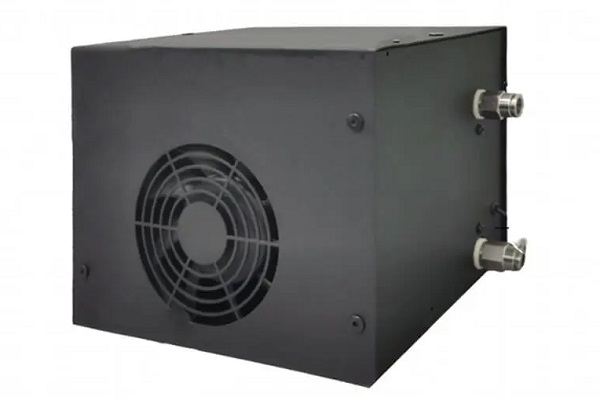
The heavy forklift is a vital asset in any industry that deals with heavy lifting. Its strength, versatility, safety features, durability, and efficiency make it an indispensable tool for getting the job done right. Their durability and reliability make them a long-term investment for any business.
The heavy forklift is a vital asset in any industry that deals with heavy lifting. Its strength, versatility, safety features, durability, and efficiency make it an indispensable tool for getting the job done right. Their durability and reliability make them a long-term investment for any business.
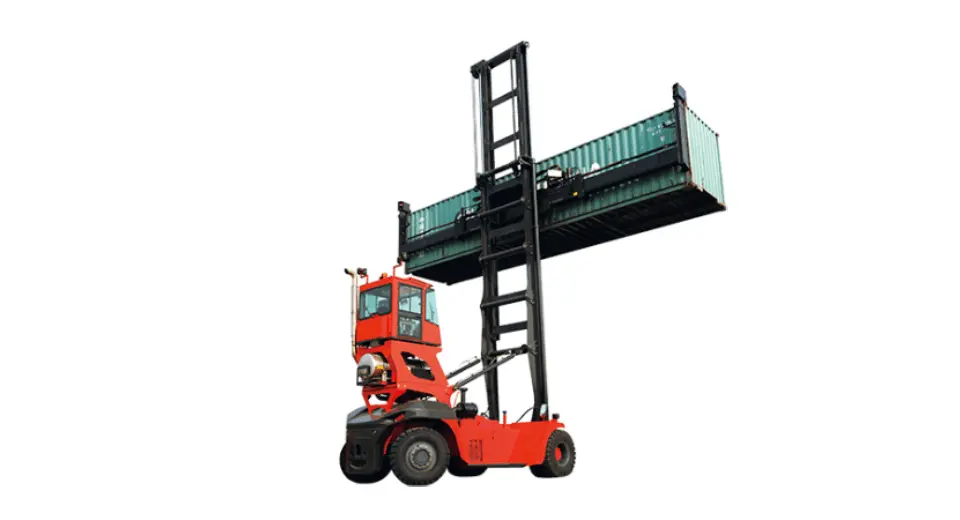
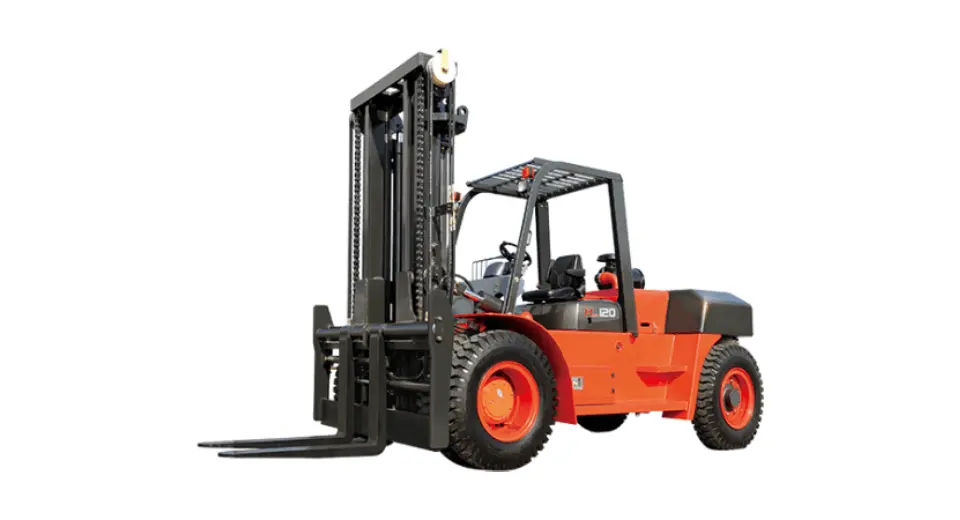
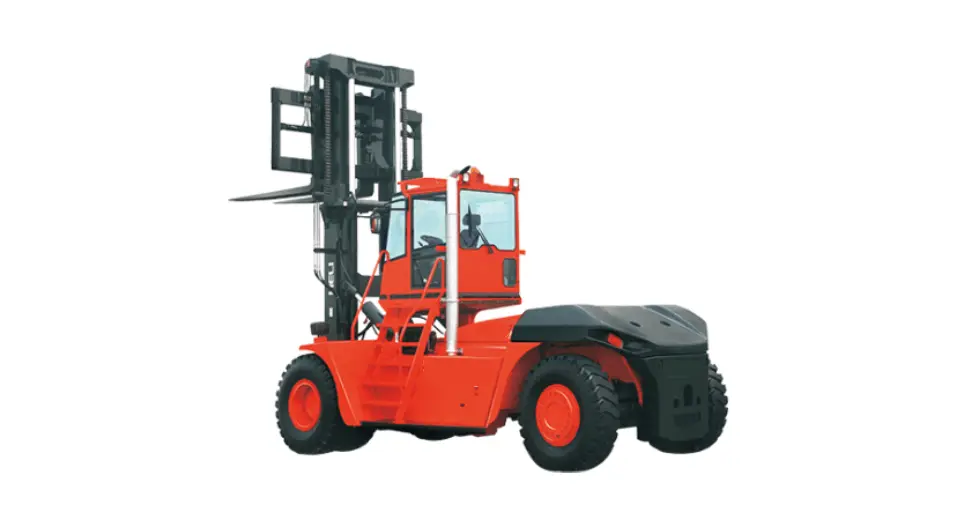
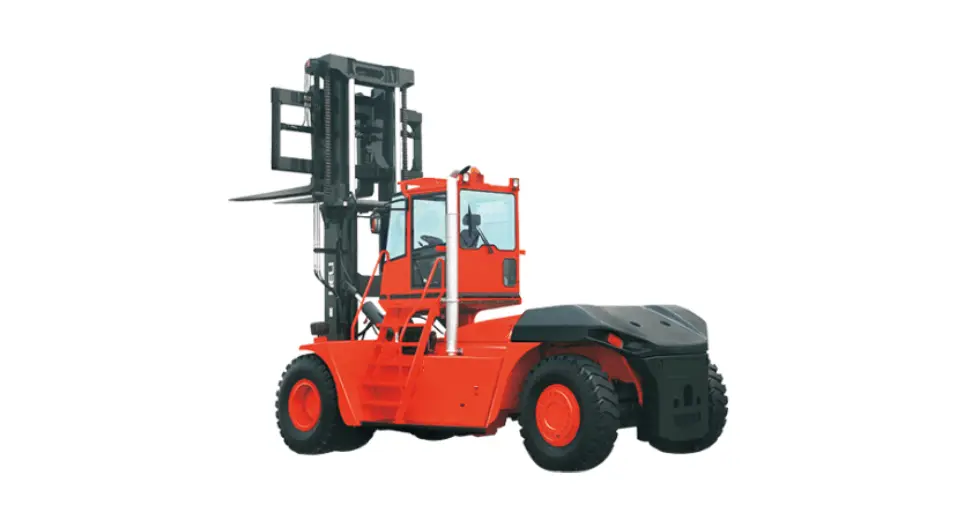
Zero emission. Low noise. Free of heavy metals. No corrosion. No acid mist volatilization.
Unnecessary of fluid adding and dust proofing. Daily maintenance free. Manual maintenance free.
Over 75% capacity reserved after 4000 shifts operation. Longer service life than lead-acid battery in equal working condition. 5 years or ten thousand hours quality guarantee for high performance.
2 hours of charging meet 6-8 hours working demand. High-energy density, self discharging rate lower than 1% per month, 95% energy conversion rate, superior charging and discharging performance. Flexible to charge, easy to operate, no impact on battery life. Unnecessary to change battery, cost saving.
Heavy-duty forklifts offer several key advantages, especially in industrial environments where handling larger, heavier loads is essential. First, they are built with enhanced lifting capacities, allowing them to handle extremely heavy loads (up to 50 tons or more), making them ideal for industries such as construction, shipping, and steel manufacturing. Second, heavy-duty forklifts are designed for durability, with reinforced components and stronger frames, ensuring reliable performance even under demanding conditions. Third, these forklifts are highly versatile and capable of operating in harsh outdoor environments, including rough terrain and extreme weather, without sacrificing performance. Lastly, they offer advanced hydraulic systems and features for precise control, improving operator efficiency and safety when moving large loads.
Despite higher operational costs, heavy-duty forklifts can be made cost-effective by implementing a few key strategies. First, regular maintenance is critical to extend their lifespan and avoid costly repairs. Keeping up with preventive maintenance, such as oil changes, hydraulic system checks, and tire inspections, will help minimize downtime. Second, training operators to use the forklift efficiently and safely can reduce unnecessary wear and fuel consumption, maximizing productivity. Third, selecting the right forklift model for specific tasks ensures optimal performance without overexertion, leading to better fuel economy. Additionally, if heavy-duty forklifts are primarily used outdoors or for extended periods, choosing models with efficient engines or hybrid options can help reduce long-term fuel and energy costs. Finally, leasing options or equipment-sharing strategies may help offset the high upfront costs of purchasing heavy-duty forklifts.

